

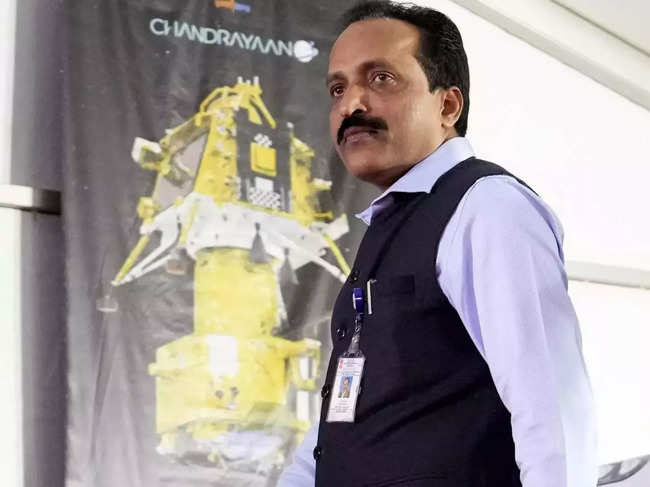
ISRO Chairman S Somanathan spoke at the 13th convocation ceremony of IIIT Delhi, highlighting the need for India to undergo a revolutionary change driven by technological advancements and product development. He praised Elon Musk for inspiring global efforts in the space sector and encouraged young engineers to be innovative. He also applauded the government's recent initiatives to open the space sector to private players, saying it will enhance the country's global competitiveness.
ISRO Chairman Emphasizes the Need for India's Technological Revolution
At the 13th convocation ceremony of IIIT Delhi, Indian Space Research Organization (ISRO) Chairman S Somanathan stressed the importance of a technological revolution in India. He urged the country to move beyond incremental innovation and instead strive for transformative changes driven by advanced technologies and product development.
Somanathan's Perspective
Somanathan lauded the efforts of Elon Musk's SpaceX in igniting global interest in the space sector. He inspired young engineers to embrace innovation and push the boundaries of technology. He also applauded the Indian government's recent initiatives to open the space sector to private companies, recognizing their potential to enhance India's global competitiveness.
India's Technological Journey
India has made significant strides in the space arena, with ISRO playing a pivotal role. From launching communication satellites to lunar exploration missions, the organization has established India as a leader in space research. However, Somanathan emphasized the need for India to move beyond these achievements and focus on becoming a technology powerhouse.
Top 5 FAQs and Answers
1. What is the significance of ISRO Chairman S Somanathan's speech?
Answer: Somanathan's speech highlights the urgent need for India to invest in technological advancements and product development to drive economic growth and global competitiveness.
2. How has Elon Musk influenced the space sector?
Answer: SpaceX, founded by Musk, has revolutionized the space industry through its innovative technologies and cost-effective approaches. Its success has inspired global efforts to explore space and develop commercial applications.
3. What initiatives has the Indian government taken to promote the space sector?
Answer: The government has opened up the space sector to private companies, allowing them to participate in satellite launch, spacecraft development, and other space-related activities. This move aims to boost innovation and foster industry growth.
4. What are ISRO's future plans?
Answer: ISRO plans to launch a series of missions to further explore space, including a lunar lander and rover mission, a human spaceflight mission, and a Venus orbiter mission.
5. How can young engineers contribute to India's technological revolution?
Answer: By embracing innovation, pursuing cutting-edge research, and collaborating with industry, young engineers can play a crucial role in developing transformative technologies and shaping India's future.
Conclusion
ISRO Chairman S Somanathan's speech serves as a wake-up call for India to embrace a technological revolution. By investing in advanced technologies, fostering innovation, and partnering with private players, India can unlock its full potential and become a global leader in the technology-driven era.

The University Grants Commission (UGC) has announced draft guidelines for introducing skill-based courses and micro-credentials in higher education institutions, aligning with the objectives of the National Education Policy 2020. These courses, including emerging fields such as data analytics and AI, aim to enhance students' employability and support economic growth through a qualified workforce. Feedback on the guidelines will be accepted for the next 30 days, giving students and educators a chance to provide their input.
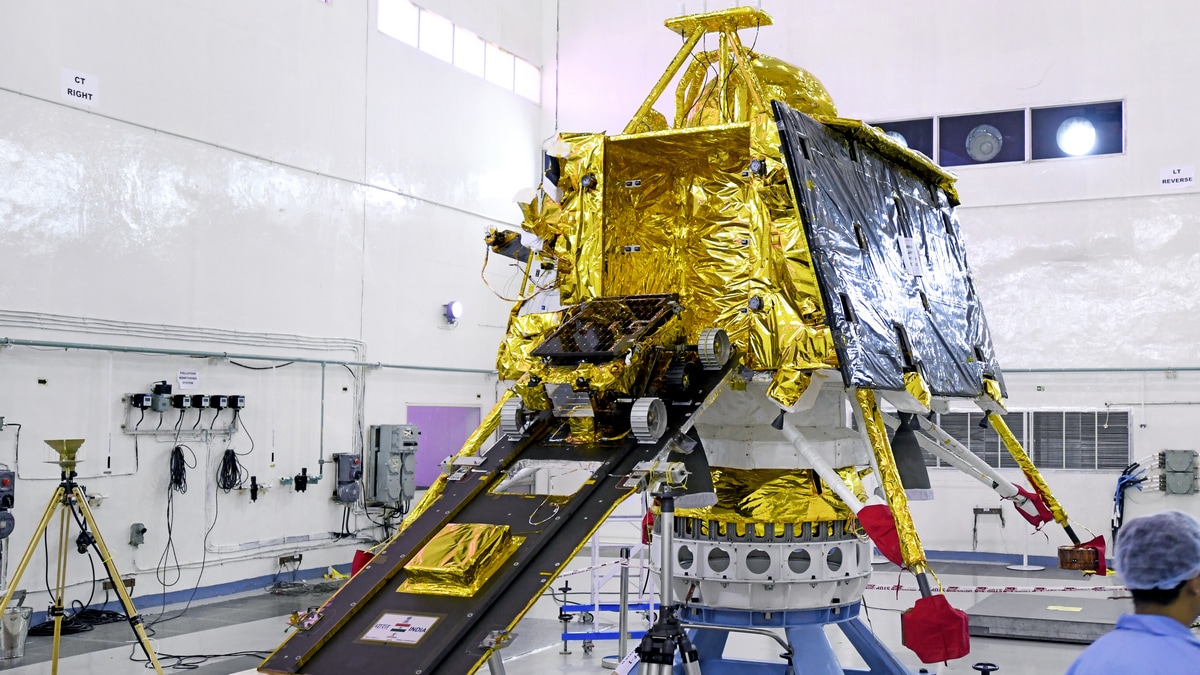
Indian Space Research Organisation (ISRO) has successfully placed two satellites, weighing 220kg, into a circular orbit of 475 km for a crucial space docking technology demonstration. This mission also included the launch of POEM-4 with 24 payloads from startups, industries, and academia. Scientist S Somanath stated that the docking process is expected to take place on January 7, after operations at ISTRAC Bengaluru from December 31. This mission is a major step towards future space missions for India.

The Indian Space Research Organisation (ISRO) launched the PSLV C60 mission on Monday night, marking a historic moment for the country's space exploration. The mission involved the launch of two spacecraft, which will demonstrate India's capabilities in orbital docking- a crucial technology for future human spaceflight and satellite servicing missions. With this achievement, India joins an elite group of countries with this technology, furthering the country's ambitions to send humans to the Moon and establish its own space station.

India's ISRO launched its Polar Satellite Launch Vehicle (PSLV-C50) carrying two spacecraft, Spacecraft A and B, to test key technologies for the future establishment of a space station. This mission is a precursor to ISRO's goal of setting up its own space station by 2035 and will aid in space docking, satellite servicing, and future interplanetary missions. The successful launch marks another milestone for India's growing space program.
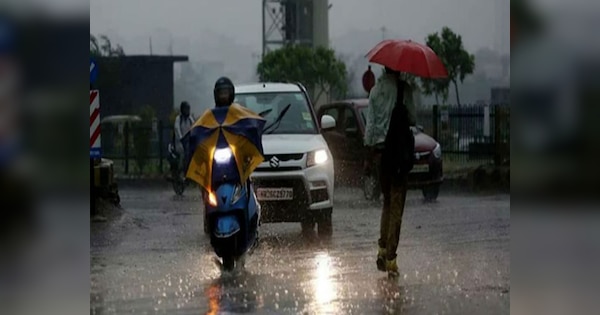
A new western disturbance is expected to affect the state of Rajasthan, bringing in light to moderate rain and hailstorms on Thursday. The India Meteorological Department (IMD) has predicted this system to also bring snowfall in the Himalayan region. North India continues to face severe cold wave conditions, with some states experiencing temperatures as low as -10.6 degrees Celsius. However, some relief may be in sight for Rajasthan with these weather changes.

A team of researchers has developed a groundbreaking algorithm to efficiently transform a given matrix by setting its rows and columns to zero in place. This new algorithm, which has been extensively tested and refined, has the potential to greatly improve the computational efficiency and speed of this common operation in the fields of mathematics and computer science. With this breakthrough, scientists and programmers will have a powerful tool to more effectively manipulate and analyze data in various applications.

Every year on December 22, National Mathematics Day is celebrated to honor the life and achievements of Srinivasa Ramanujan, one of the most influential mathematicians in history. Despite growing up in extreme poverty, his groundbreaking contributions to mathematics continue to inspire researchers today. This day not only celebrates his legacy but also recognizes India's rich history in mathematics and encourages students to explore the world of numbers.
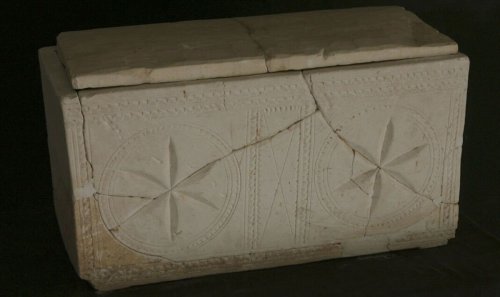
A bone box with the inscription "James, son of Joseph, brother of Jesus" was recently put on display in Atlanta, Georgia. The box is believed to have once held the remains of James the Just, brother of Jesus, making it the oldest physical evidence of Jesus. Despite some controversy and accusations of forgery, the box has been declared authentic by experts.
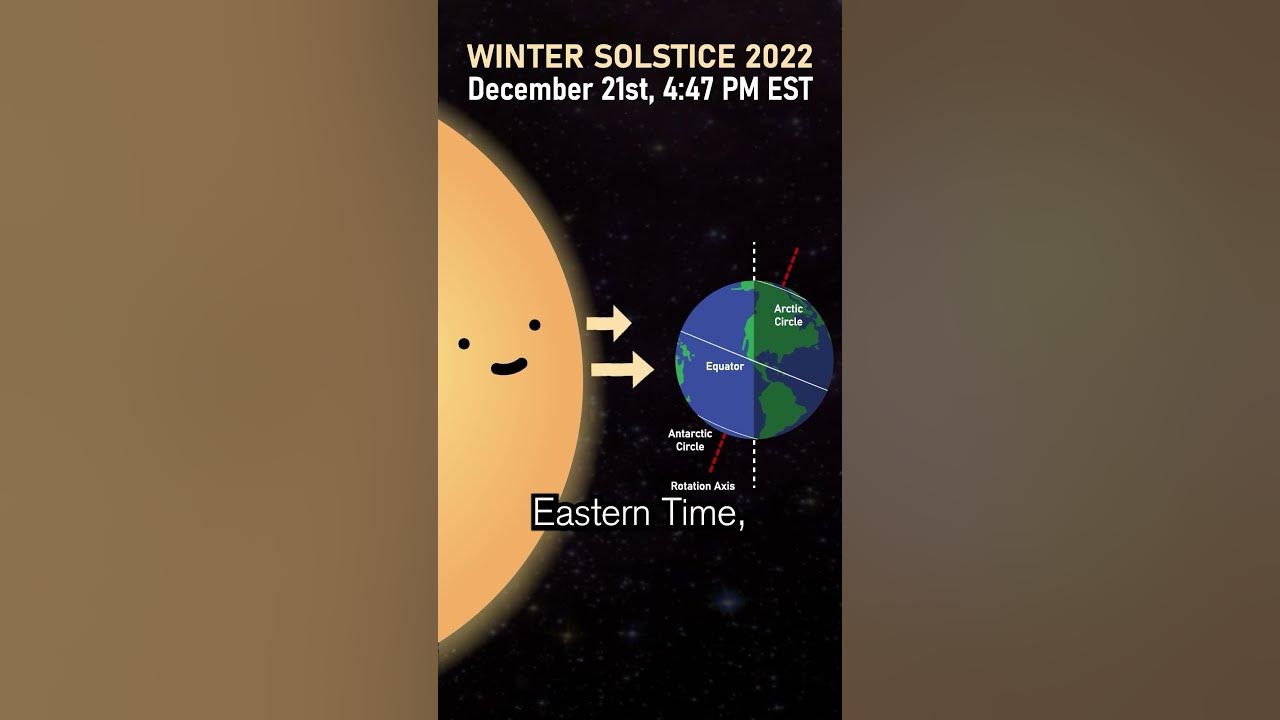
As the winter solstice approaches on December 21st, the Northern Hemisphere will experience the shortest day and longest night of the year. This natural phenomenon has captivated people for centuries, with ancient traditions and festivals taking place around the world. Through science, we can understand why this occurs and how it affects different regions of the world differently.
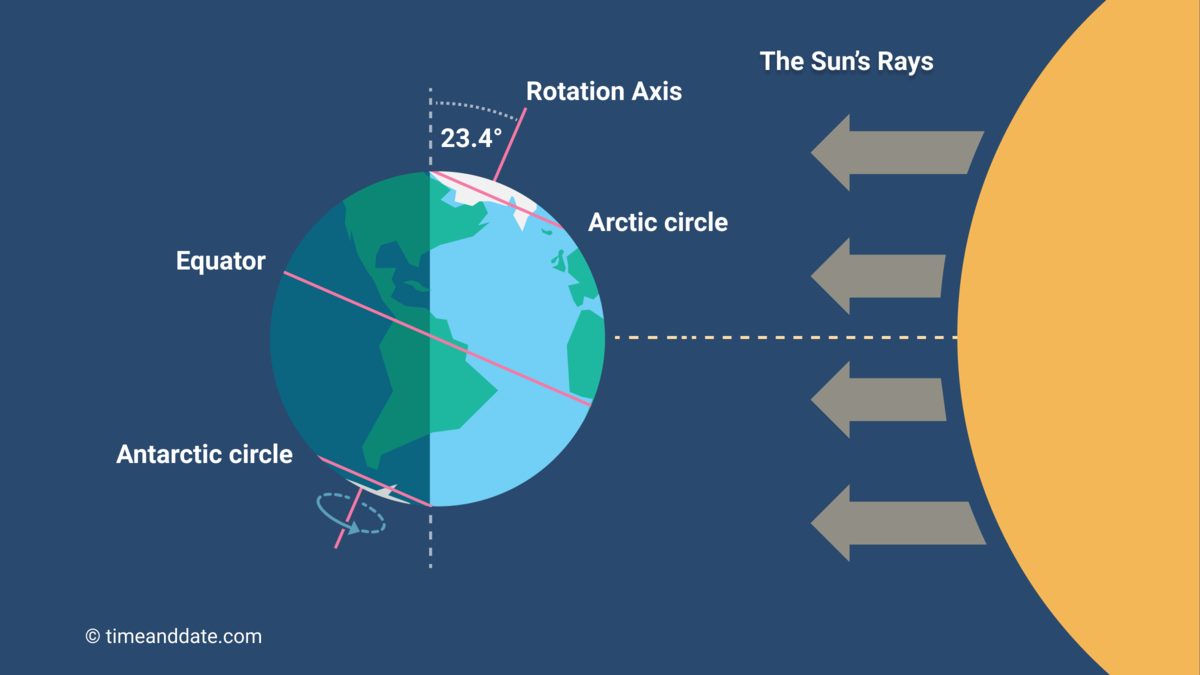
Every year, the Northern Hemisphere experiences the arrival of winter on the winter solstice, which marks the shortest day and longest night due to the Earth's tilt on its axis. As the North Pole is furthest from the sun, it receives the least amount of sunlight, resulting in a gradual lengthening of days towards the arrival of spring. This year, the winter solstice falls on December 21 and will be celebrated by people worldwide in various ways to mark the significant celestial event.